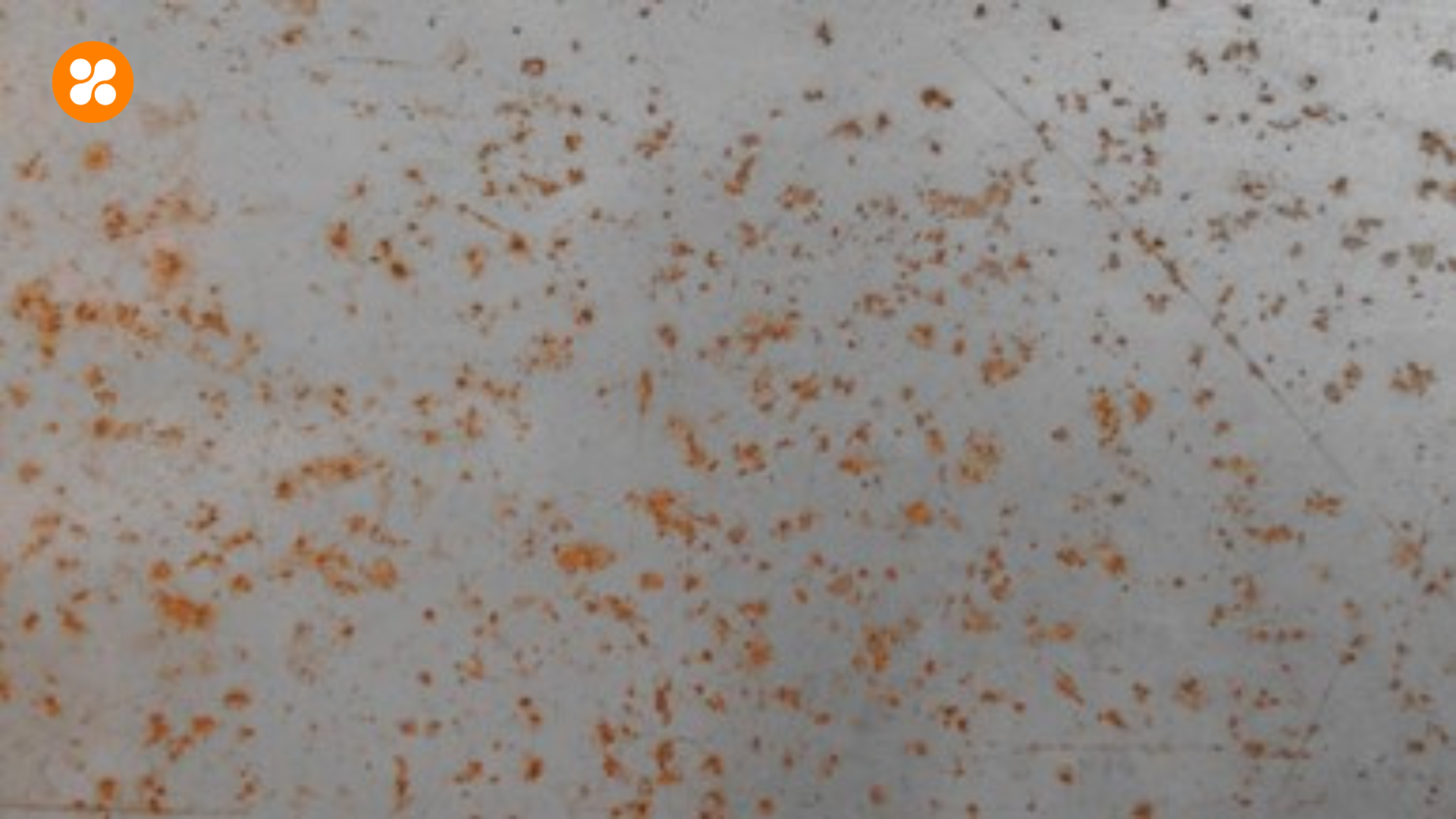Understanding and Preventing Stainless Steel Failures in Marine Environments Caused by Aggressive Cleaners.
In a marine environment, stainless steel can experience failures due to exposure to aggressive cleaners. Some common causes of failure of stainless steel in a marine environment due to aggressive cleaners include:
– Chloride Attack: Aggressive cleaners containing chlorides can lead to chloride-induced stress corrosion cracking (CISCC) in stainless steel. Chlorides can penetrate the passive film on the stainless steel surface, leading to localized corrosion and cracking under tensile stress.
– Pitting Corrosion: Aggressive cleaners with high chloride content can cause pitting corrosion in stainless steel. Pitting corrosion is localized corrosion that can lead to the formation of pits or holes on the metal surface, compromising its integrity.
– Crevice Corrosion: Stainless steel exposed to aggressive cleaners in marine environments can also be susceptible to crevice corrosion. Crevice corrosion occurs in confined spaces or crevices where aggressive agents can accumulate, leading to localized corrosion and eventual failure.
– Galvanic Corrosion: The use of aggressive cleaners on stainless steel in the presence of dissimilar metals can result in galvanic corrosion. When stainless steel comes into contact with another metal in the presence of an electrolyte (such as the cleaning solution), galvanic corrosion can occur, accelerating the degradation of the stainless steel.
– Corrosion of Welded Areas: Welded areas on stainless steel structures can be particularly vulnerable to corrosion when exposed to aggressive cleaners. The heat-affected zones near welds can experience sensitization, leading to intergranular corrosion and reduced corrosion resistance.

To mitigate the risk of failure of stainless steel in a marine environment due to aggressive cleaners, it is essential to:
– Use cleaners specifically designed for stainless steel and compatible with marine environments.
– Rinse stainless steel surfaces thoroughly after cleaning to remove any residual cleaning agents.
– Avoid prolonged exposure to aggressive cleaners and promptly remove any spills or splashes.
– Regularly inspect stainless steel components for signs of corrosion or degradation and address any issues promptly.
By understanding the common causes of failure and implementing preventive measures, the longevity and performance of stainless steel in marine environments can be preserved.

